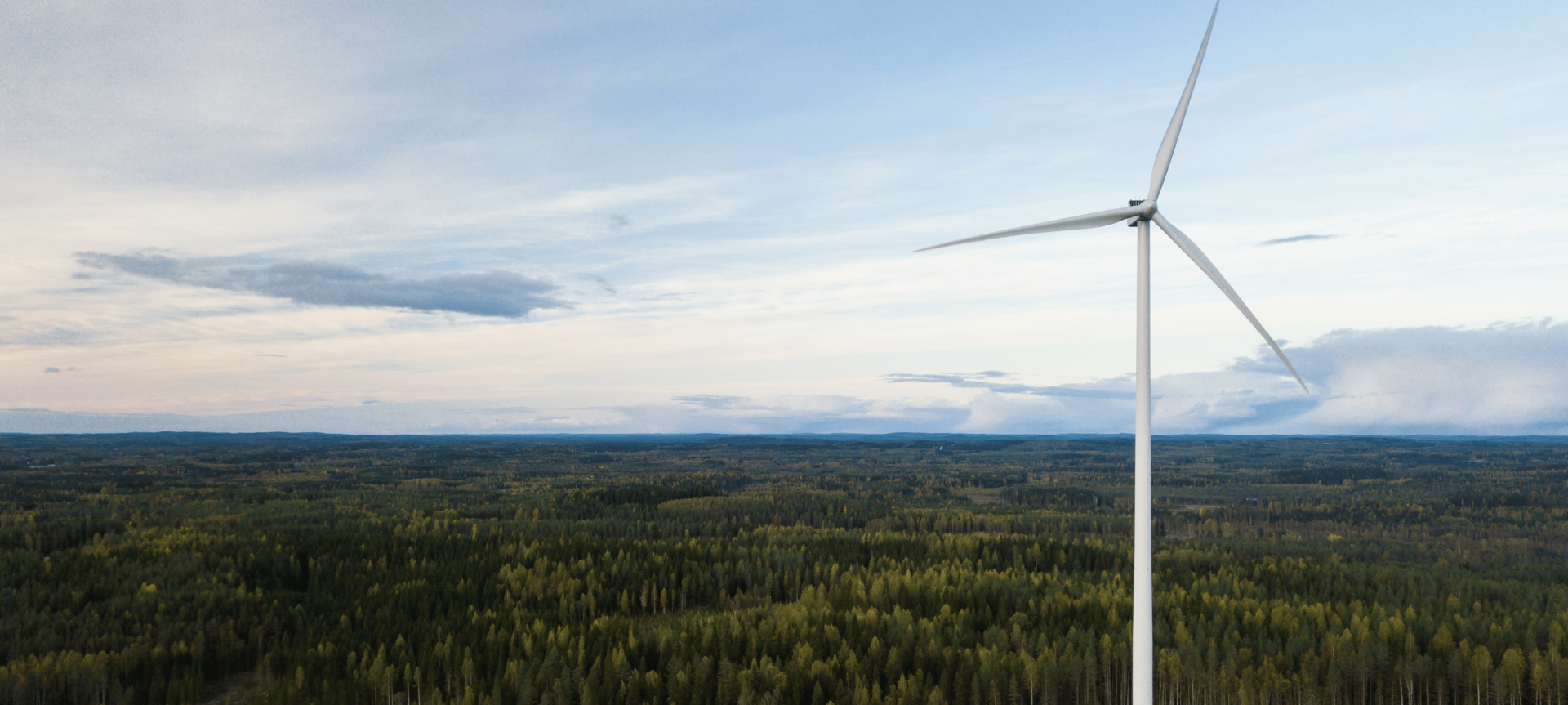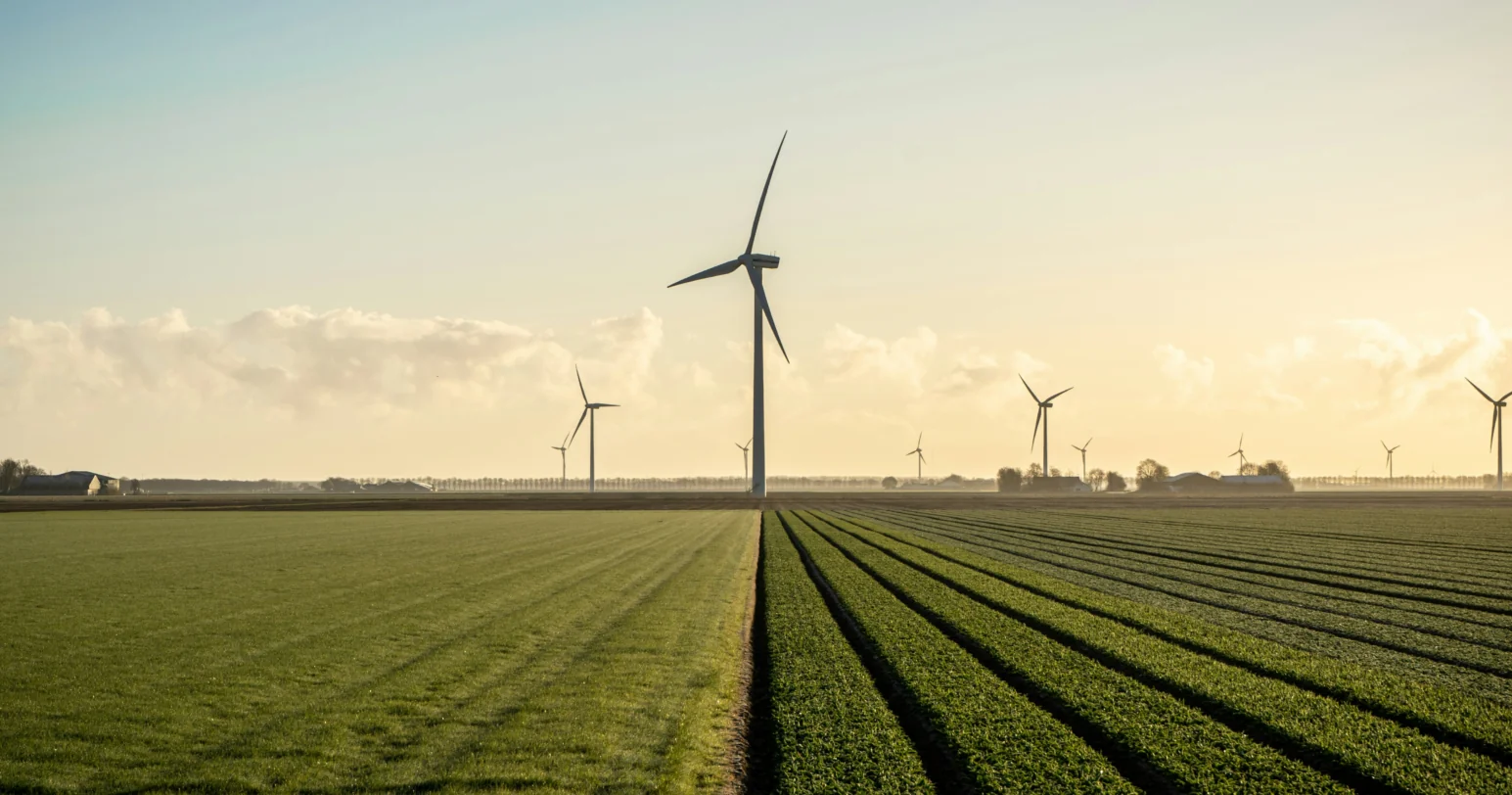
1st April 2025, Helsinki, Finland: The Salmisaari coal power plant in Helsinki is officially closing today. This brings coal power generation to below 1% [1], marking a key milestone for Finnish coal phase-out. By putting in place clear policies, the Finnish government has managed to replace coal with wind power faster than expected, increasing self-sufficiency in the country’s energy production and attracting massive investments in the process. Finland’s shift is part of the recent rapid decline of coal power across developed countries, most of whom are already members of the Powering Past Coal Alliance [2].
Finland has reduced its use of coal in the country’s energy mix from 23% in 2003 to less than 1% today [1], four years’ ahead of the government’s ban on coal-based energy production, set for 2029. Coal has been replaced with wind power: wind capacity has more than doubled in Finland since 2020 and now accounts for 25% of the country’s electricity.
This shift has increased Finland’s energy independence and thus national security, as the country had been reliant on imported coal, primarily from Russia. It is also set to boost the country’s competitiveness, as wind power projects create the conditions to attract significant industrial investments to Finland, which require substantial amounts of clean electricity.
The significant reduction in coal power generation was achieved through a comprehensive set of policies, including the commitment to phase out coal made in 2016, membership in the PPCA in 2017, and a law banning coal power completely by 2029 (passed in 2019). This was combined with targeted support schemes such as an incentive package for companies to phase out coal use by 2025 and a €22.8 million funding round in 2021 directed towards innovative energy technologies and investments. It is these government actions combined with strong market forces, where companies have opted to invest in renewables instead, that has delivered this accelerated transition.
Sari Multala, Finland’s Minister of Climate and the Environment said:
“I would like to congratulate Helen Ltd. and all Finnish energy companies for their determination to end the energy use of coal in Finland. In 2019, Parliament nearly unanimously passed the law to ban the use of coal for energy within ten years. At that time, the target seemed challenging, but now that it has been met ahead of schedule, passing the law appears very far-sighted. Imported fossil energy has been replaced with cleaner solutions that reduce climate emissions, while consumers benefit from lower energy prices.”
Olli Sirkka, CEO of Helen Ltd. said:
“We have been able to improve our competitiveness by investing in the flexibility of the energy system in line with our strategy and shifting our production to clean solutions. This way, we can operate more profitably with lower customer prices. Our success is an excellent indication that, at best, the clean transition, cost efficiency and Finland’s security of supply can go hand in hand”.
Following the UK’s historic phase-out of coal power last year, Finland’s efforts continue the rapid transition away from coal power in the OECD in favour of mostly wind and solar energy. 14 OECD countries now operate coal-free power systems, with further 13 targeting coal phase-out by 2030.
With updated Nationally Determined Contributions (NDCs) due in 2025, all countries have an opportunity to make new commitments to No New Coal and coal phase-out. As investors look for clear government signals, this will help countries attract the capital needed to accelerate the clean energy transition and reap its massive rewards.
Julia Skorupska, Head of Secretariat, Powering Past Coal Alliance said:
“Finland’s case confirms that accelerating the shift from coal to clean energy is in countries’ self-interest, as it increases energy security and fuels economic growth. It also proves that through bold commitments and proactive planning by governments, coal to clean transitions can happen much faster than anyone thought possible. By committing to No New Coal and coal phase-out in their 2035 NDCs, countries can unlock clean energy investments and thus fuel economic growth, lower electricity prices for consumers, and build resilience and independence, to the benefit of everyone.”
ENDS
Notes to the editors:
[1] In Finland, there remains coal capacity reserved for security of supply, which can be taken into use if necessary. Additionally, some energy companies utilize small amounts of coal in their energy production for peak, reserve, and delivery security reasons. According to Finnish legislation, it will not be possible to use coal in energy production after May 1, 2029. [2] In 2017, Canada and the UK created the Powering Past Coal Alliance to advance the transition from unabated coal power generation to clean energy globally. Underscoring the growing movement to phase out coal, the Powering Past Coal Alliance (PPCA) has expanded to 180 members worldwide, counting almost one-third of the world’s governments and 84% of the OECD and EU governments. Finland is a member of the PPCA since its inception in 2017.For more information, please contact:
Callum Mason, Communications Officer, Powering Past Coal Alliance Secretariat, phone: +44 7825 829592, email: callum.mason@poweringpastcoal.org




